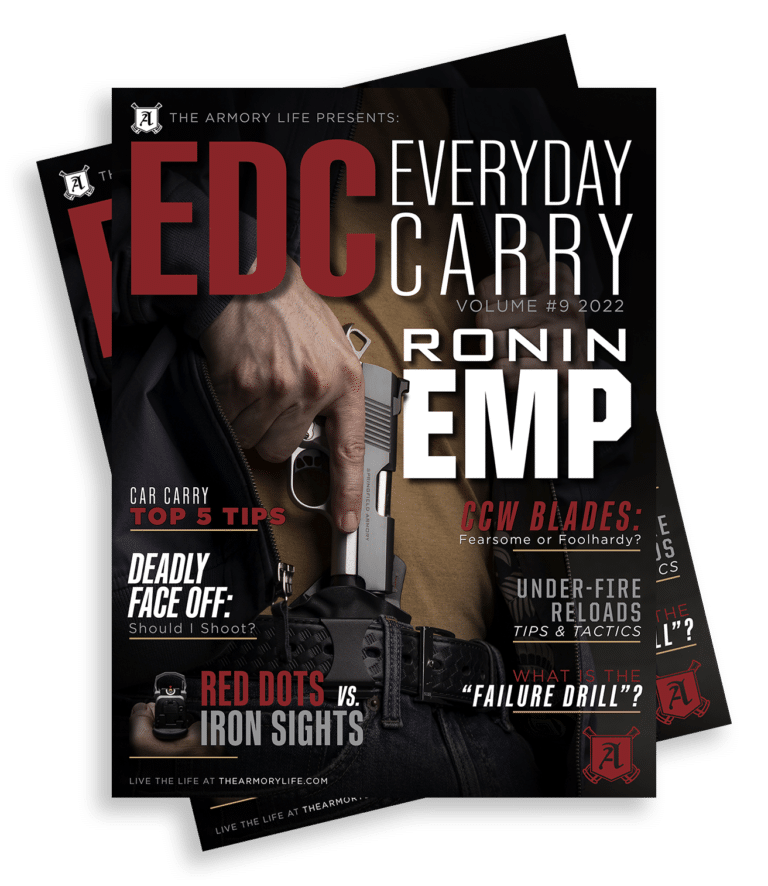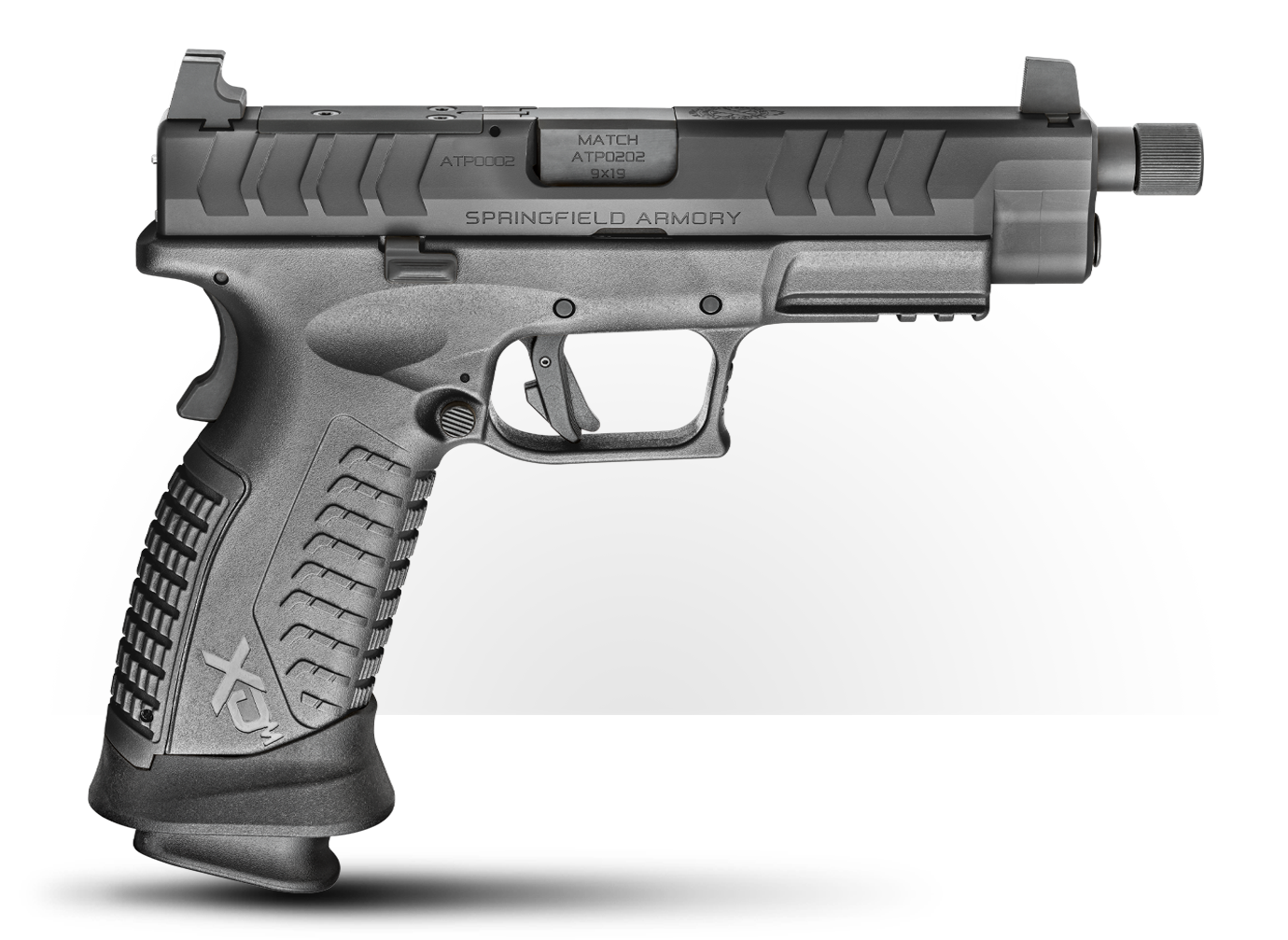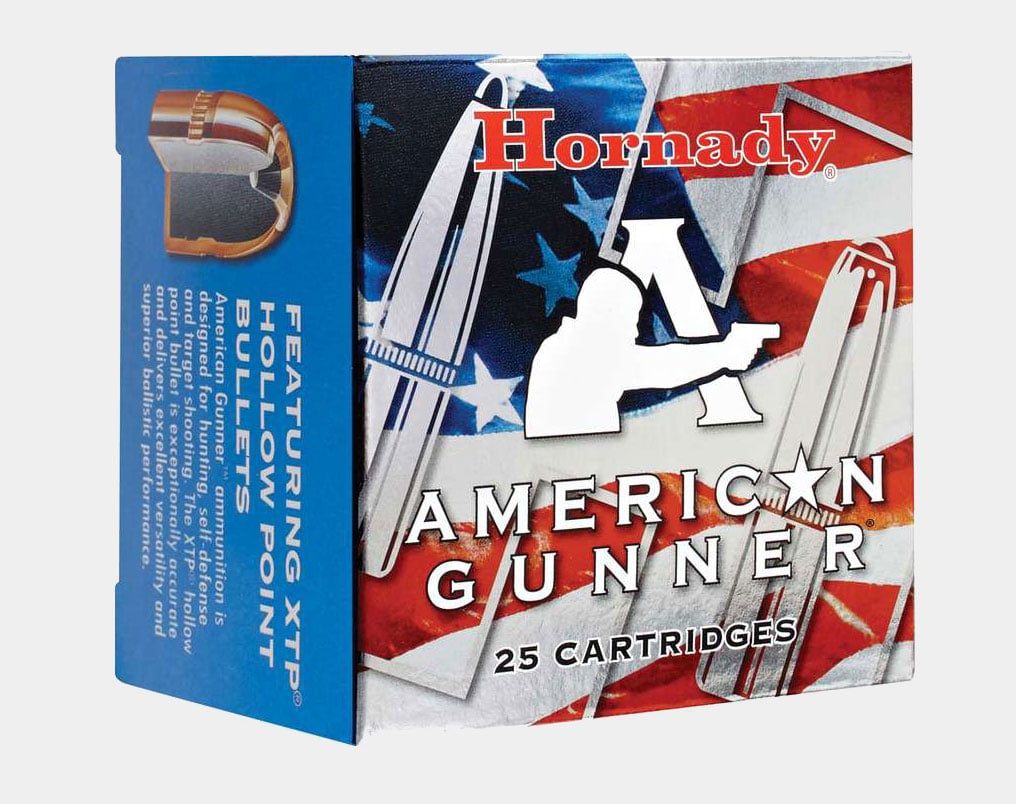If you are someone who strives to be a well-rounded defensive pistol shooter or professional end-user, the reload is ever so important. An empty gun is just a poorly designed impact weapon.
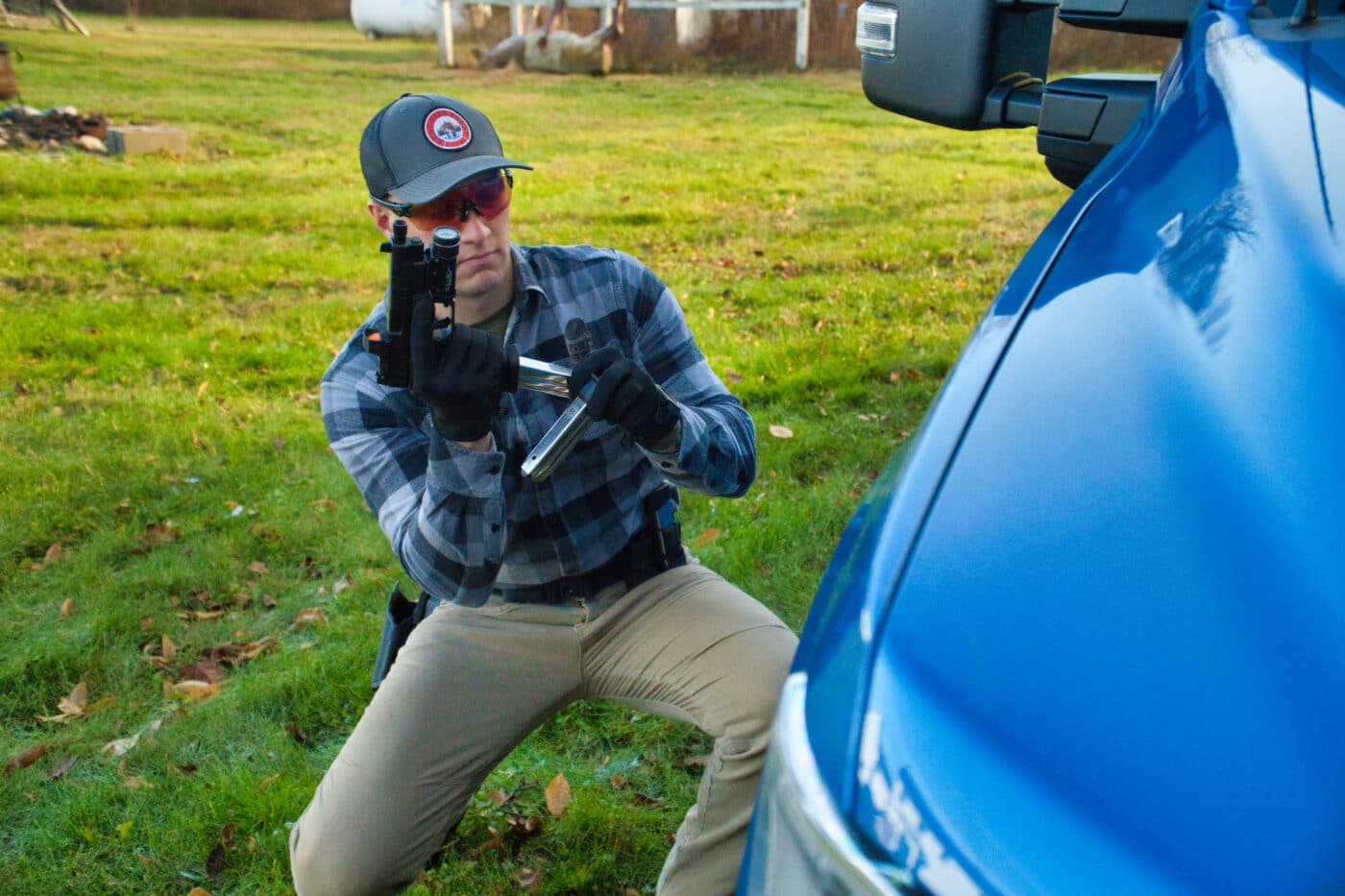
But not all reloads are created equally. Two reloads which are paramount with a defensive handgun are the emergency reload and tactical reload. Knowing the when and how to employ these could make or break you when the chips are down.
Emergency Reloads
Your gun is empty, but you still have a threat that needs to be stopped. This means you need to perform an emergency reload and quickly get rounds back in the gun. The condition of the gun will be, slide locked to the rear with an empty magazine in the gun.
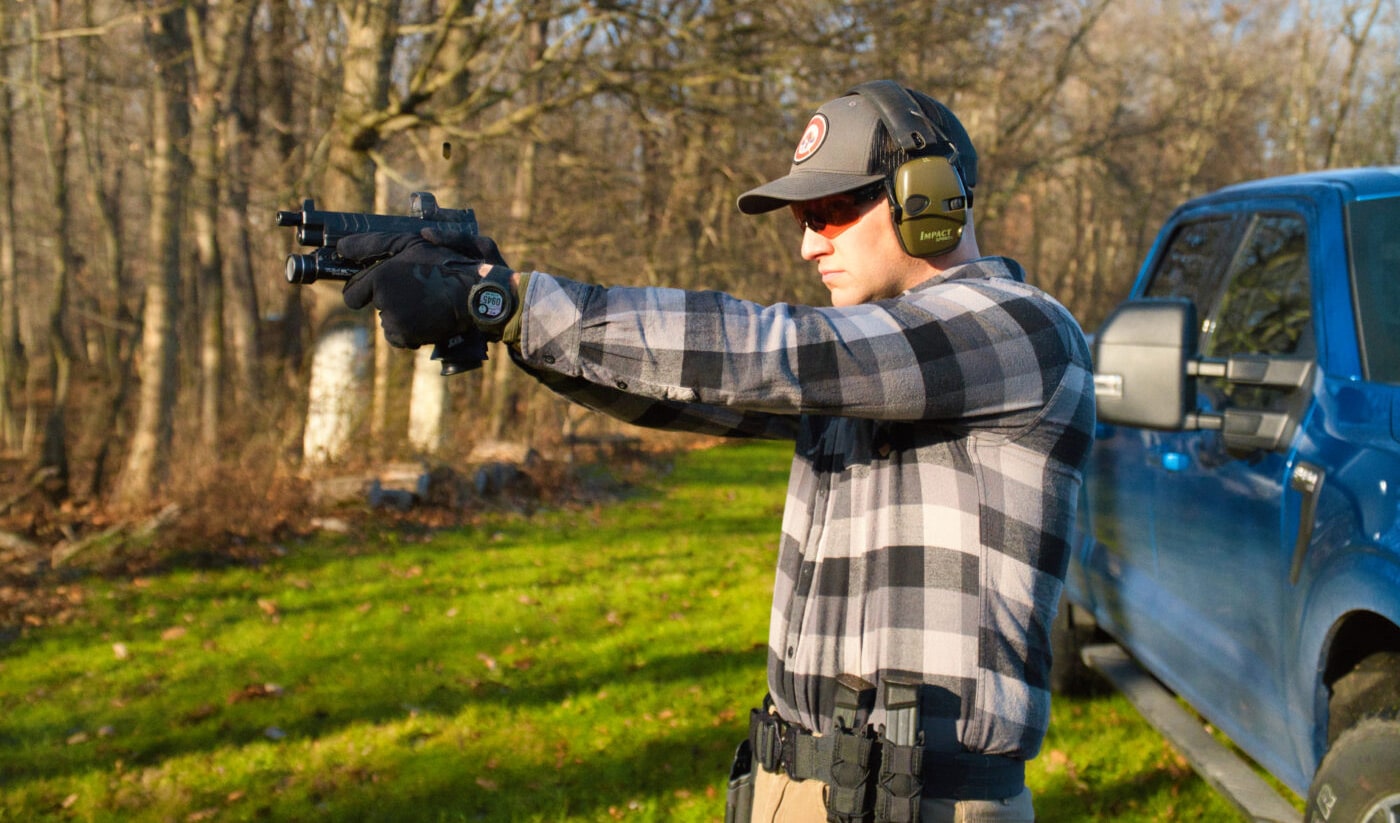
This reload will need to be performed quickly and efficiently. The full magazine will be retrieved as you simultaneously are releasing the empty one from the pistol. Many people get hung up on keeping your eyes on the threat, but you will need to glance at the magwell as you insert because if you miss or fumble the reload, it will cost you way more than the half a second you take your eyes off the threat.
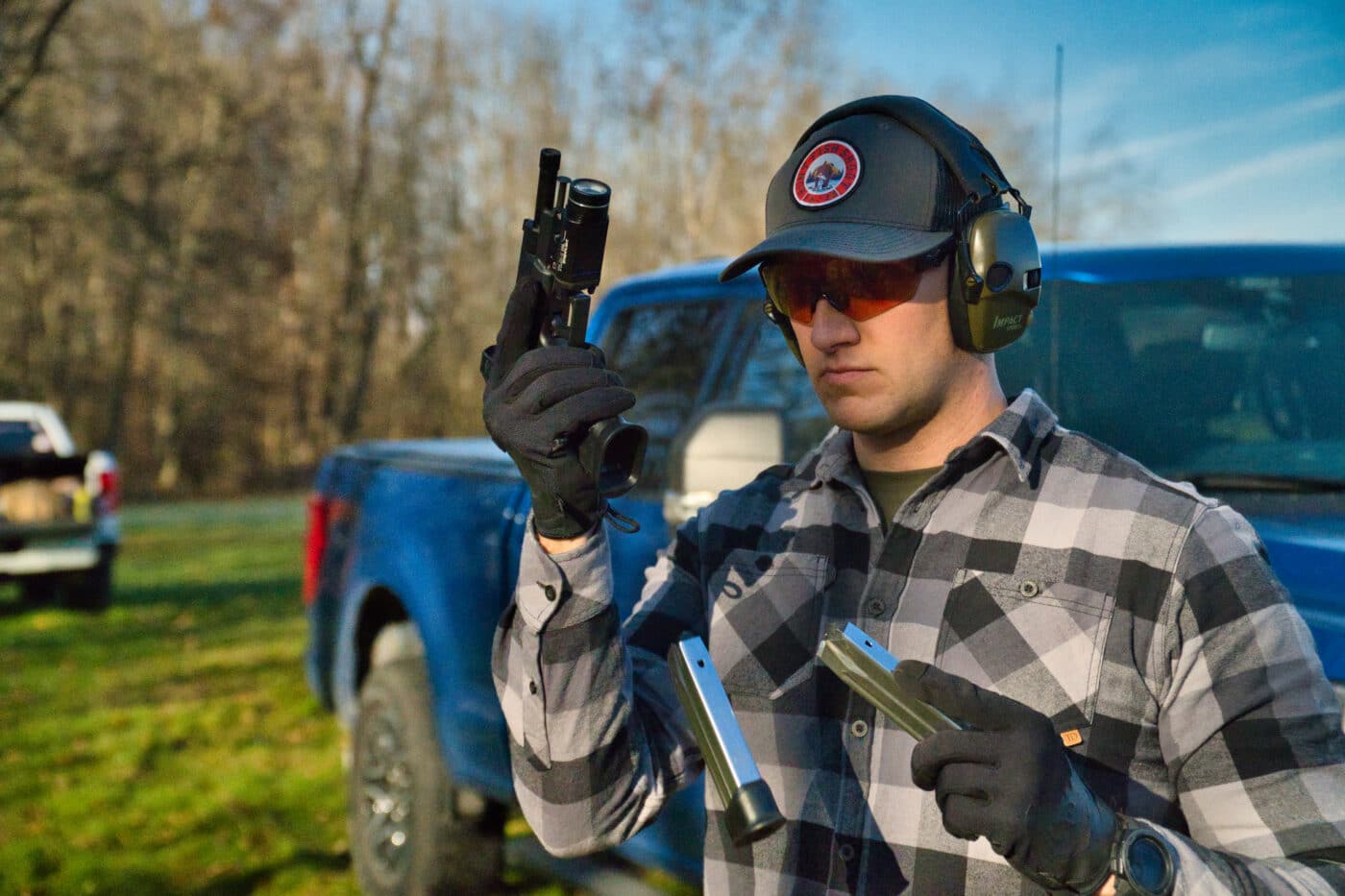
Emergency reloads need to be automatic, with you reloading nearly without thought. How do you achieve that? Repetition through training. Adding movement into the training of reloads will show your deficiencies and tell you immediately if the emergency reload is an automatic response to an empty gun.
Other great ways are to add stress, target transitions or an unknown number of rounds into each magazine and see how you respond.
Tactical Reloads
The tactical (or “tac”) reload is often overlooked. The purpose of a tactical or tac reload is to top off the gun with a full magazine whenever the opportunity presents itself and is called for.
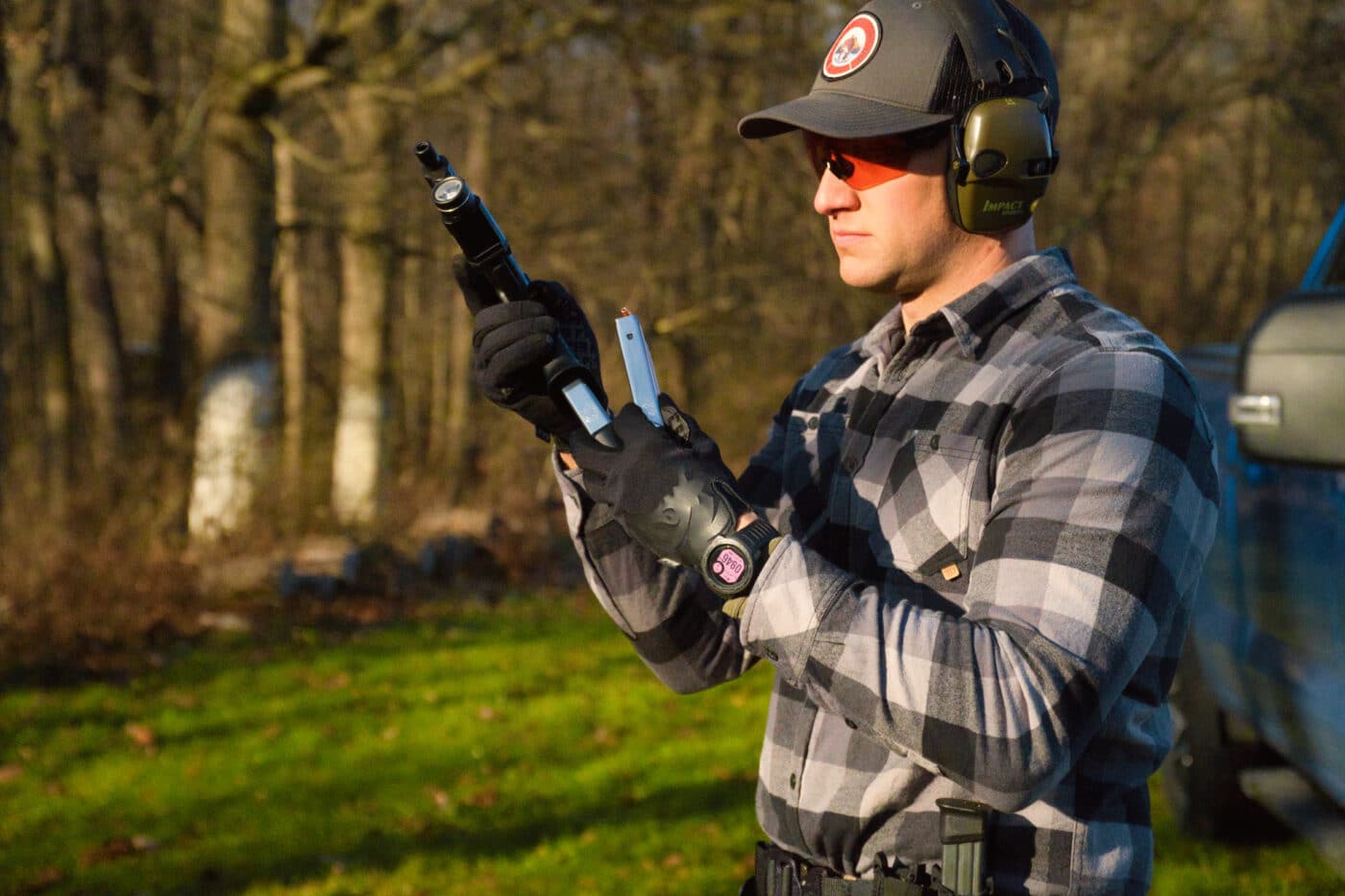
Self-defense and officer-involved shootings around the United States show us the people involved rarely use all the rounds in the gun. As a result, the tac reload can be a very useful skill if done once it’s reasonable or “safe” to do so.
Tac reloads are always done when there is a lull in the gunfight and while using cover. Unlike an emergency reload, they are more methodical and the magazine in the gun will be retained when switched out to a full magazine.
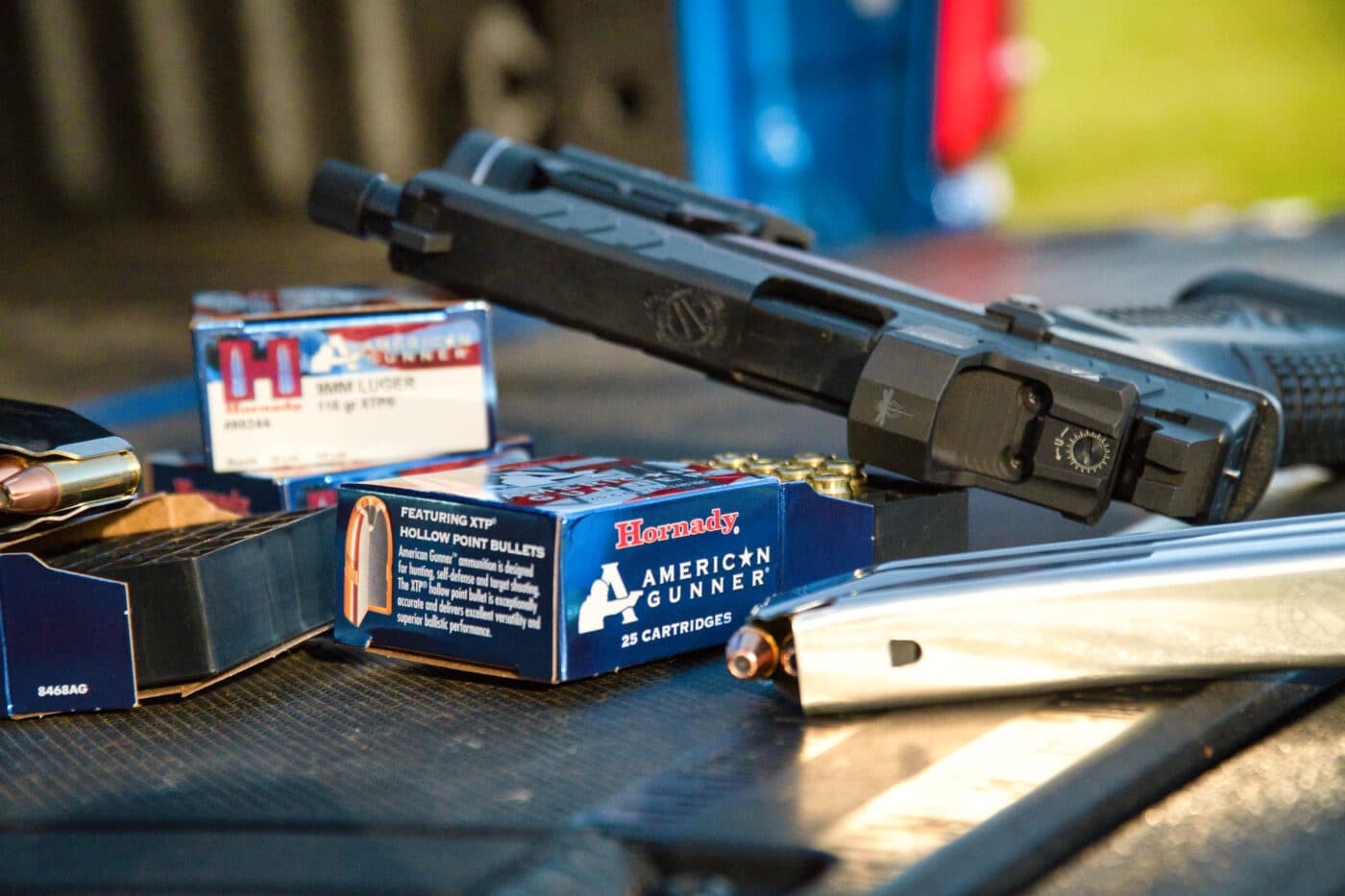
Retain the partially full magazine on your person in a location where it could be retrieved quickly if need be. Some important things to remember with a tac reload are they are done when there is a lull in the gunfight, behind cover, and the used magazine will be retained for possible future use.
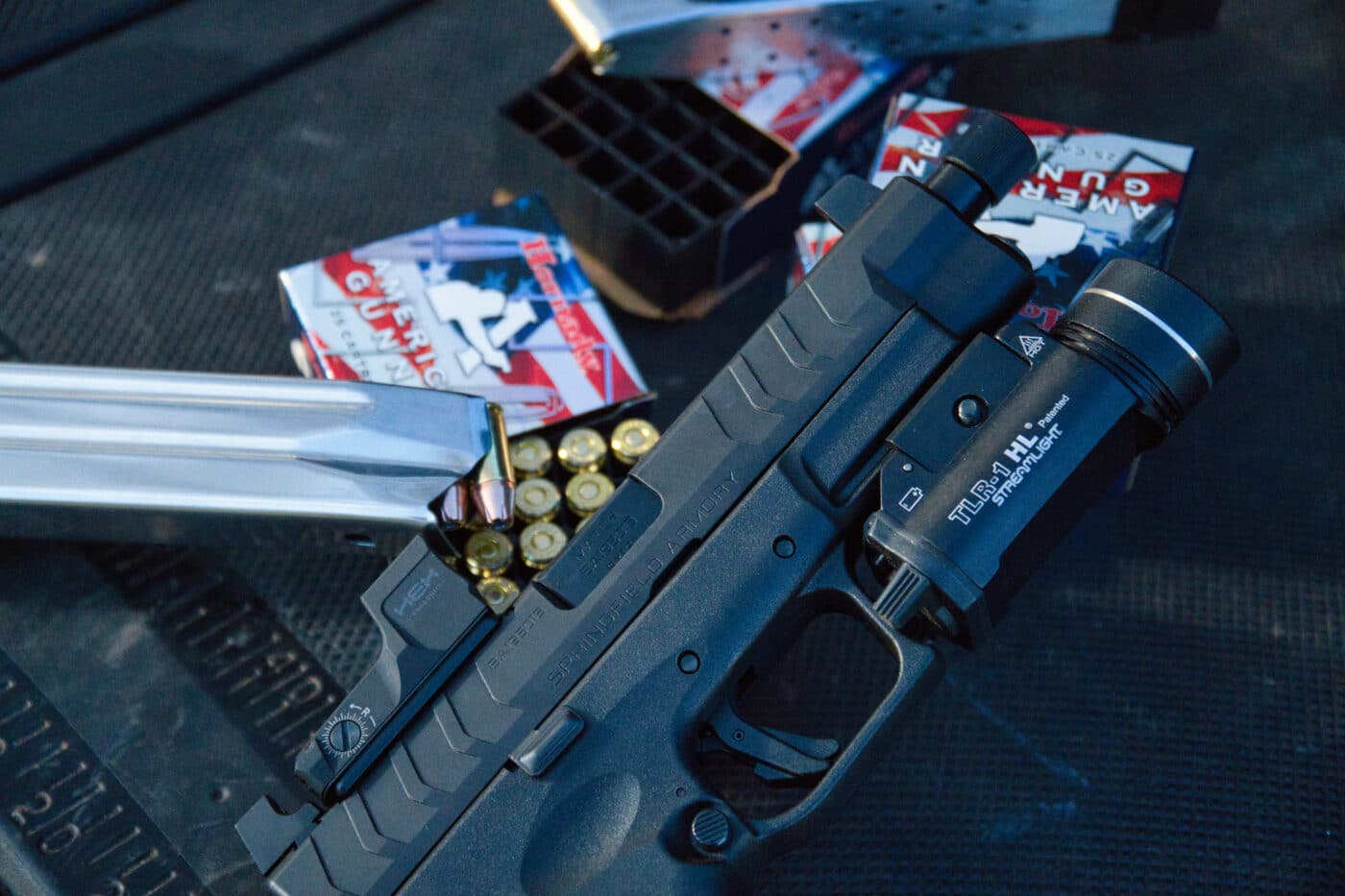
Always keep in mind that with a tac reload, you are doing it to top off your gun because it’s reached a point in time during that lethal force encounter where you can complete it without putting yourself or others at unnecessary risk.
Editor’s Note: For more information on these, make sure you check out Yamil Sued’s video and article with Freddie Blish on the tactical reload.
Conclusion
Emergency reloads and tac reloads are extremely important, and they need to be practiced to perfection. They both have a place in your arsenal, and knowing when to use them is what’s important.
Practicing these two types of reloads can be done with dry fire and an empty gun or on the range with live rounds if your budget allows. Regardless, train, train and train some more, because it could be the difference between winning and losing.
Editor’s Note: Please be sure to check out The Armory Life Forum, where you can comment about our daily articles, as well as just talk guns and gear. Click the “Go To Forum Thread” link below to jump in and discuss this article and much more!
Join the Discussion
Featured in this video
Continue Reading
Did you enjoy this video?

 150
150




